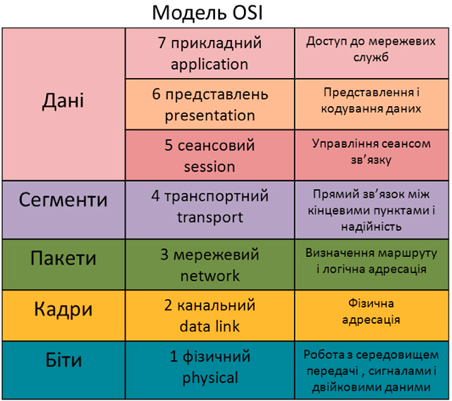This document describes my current status and upcoming development milestones as a Software Engineer in 2024
🚀 OPEN 📉 0 / 7 goals completed (0%) 📅 Apr 2024
| Status | Milestone | Goals | ETA (240h) |
|---|---|---|---|
| 🚧 | Cybersecurity | 6 / 8 | May 2024 |
| ❌ | GoF design Patterns | 0 / 3 | 2h / week |
| ❌ | Kubernetes | 0 / 1 | Jun 2024 |
| ❌ | Ansible | 0 / 4 | 2h / week |
| ❌ | OSI model | 1 / 5 | Aug 2024 |
| ❌ | Google Cloud Architect | 0 / 4 | Sep 2024 |
| ❌ | PhD | 0 / 1 | Jul 2024 |
Ansible is an open-source automation tool used for configuration management, application deployment, task automation, and orchestration. In development, Ansible can streamline various tasks such as provisioning servers, managing software installations, configuring environments, and deploying applications. It allows developers to define infrastructure as code using simple, human-readable YAML syntax, making it easier to automate repetitive tasks and ensure consistency across different environments. With Ansible, developers can automate the setup and configuration of development, testing, and production environments, improving efficiency and reducing the likelihood of errors.
- Concepts under the hood
- Setup Ansible for automate the provisioning of infrastructure by defining server configurations in Ansible playbooks
Resources:
The Gang of Four (GoF) design patterns are a set of recurring solutions to common problems in software design. They were introduced by Erich Gamma, Richard Helm, Ralph Johnson, and John Vlissides in their book "Design Patterns: Elements of Reusable Object-Oriented Software." These patterns help developers create flexible, maintainable, and scalable software by providing proven solutions to commonly encountered design problems.
There are three main types of design patterns in the GoF book:
- Creational Patterns: These patterns deal with object creation mechanisms, trying to create objects in a manner suitable to the situation. Examples include the Singleton pattern, Factory Method pattern, Abstract Factory pattern, Builder pattern, and Prototype pattern.
- Structural Patterns: These patterns focus on class and object composition. They help structure the relationship between classes and objects in a more flexible and efficient way. Examples include the Adapter pattern, Decorator pattern, Composite pattern, Proxy pattern, and Bridge pattern.
- Behavioral Patterns: These patterns are concerned with communication between objects and how they collaborate to achieve a common goal. They focus on how objects interact and distribute responsibilities among them. Examples include the Observer pattern, Strategy pattern, Command pattern, Iterator pattern, and Template Method pattern.
Resources:
Resources:
- Currying and Composition
- Promises, Async/Await, XMLHttpRequest, Yeld Function
- Closures(local, global, block) and Scopes
- Rest operator, Spread operator
- 3 different types of inheritance
- bind, apply, call methods

